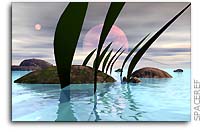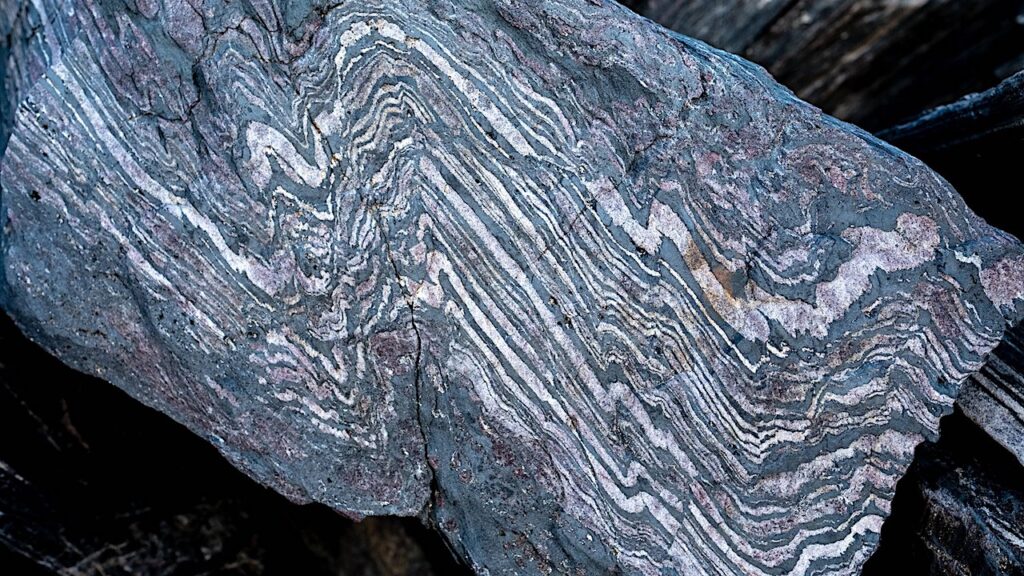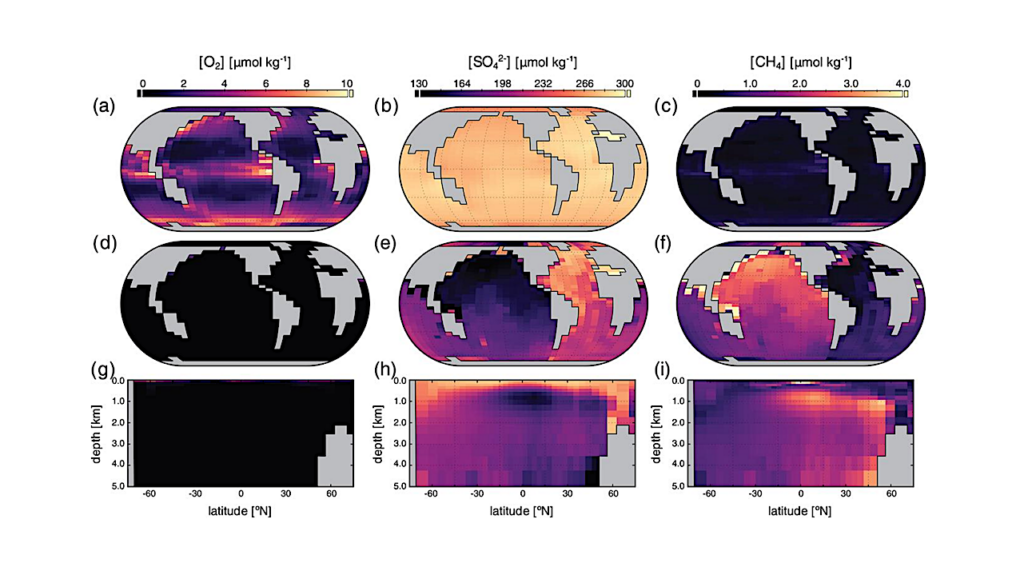The Inhabitance Paradox: How Habitability and Inhabitancy are Inseparable

The dominant paradigm in assigning “habitability”‘ to terrestrial planets is to define a circumstellar habitable zone: the locus of orbital radii in which the planet is neither too hot nor too cold for life as we know it.
One dimensional climate models have identified theoretically impressive boundaries for this zone: a runaway greenhouse or water loss at the inner edge (Venus), and low-latitude glaciation followed by formation of CO2 clouds at the outer edge. A cottage industry now exists to “refine” the definition of these boundaries each year to the third decimal place of an AU. Using the same class of climate model, I show that the different climate states can overlap very substantially and that “snowball Earth”, moist temperate climate, hot moist climate and a post-runaway dry climate can all be stable under the same solar flux.
The radial extent of the temperate climate band is very narrow for pure water atmospheres, but can be widened with di-nitrogen and carbon dioxide. The width of the habitable zone is thus determined by the atmospheric inventories of these gases. Yet Earth teaches us that these abundances are very heavily influenced (perhaps even controlled) by biology. This is paradoxical: the habitable zone seeks to define the region a planet should be capable of harbouring life; yet whether the planet is inhabited will determine whether the climate may be habitable at any given distance from the star. This matters, because future life detection missions may use habitable zone boundaries in mission design.
Colin Goldblatt
(Submitted on 3 Mar 2016)
Comments: 4 pages, accepted in NASA Conference Proceedings from Comparative Climatology of Terrestrial Planets meeting, 2015
Subjects: Earth and Planetary Astrophysics (astro-ph.EP); Atmospheric and Oceanic Physics (physics.ao-ph)
Cite as: arXiv:1603.00950 [astro-ph.EP] (or arXiv:1603.00950v1 [astro-ph.EP] for this version)
Submission history
From: Colin Goldblatt
[v1] Thu, 3 Mar 2016 02:39:14 GMT (2311kb,D)
http://arxiv.org/abs/1603.00950








